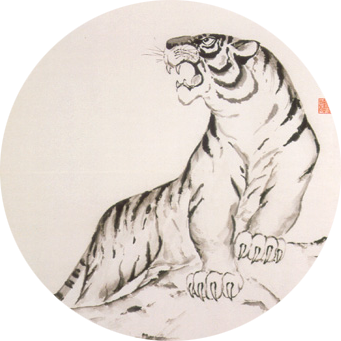How do I get the most out of my martial arts training? This is a question that has been on individuals’ minds since people started training in groups.
I also think it is largely misunderstood, by this I mean it has become associated with styles.
Ex:
- I train in Judo to learn how to throw.
- I train in Karate to learn how to strike.
- I train in mixed martial arts (MMA) to learn skills from multiple styles.
This kind of thinking, although not completely wrong is not at all right! It is the kind of thinking that is necessary because of how martial arts have evolved.
They evolved from students needing to test their skills in order to evaluate their development. The art was never meant to be tested in a way that pitted one martial artist against another. By testing your development in such a competitive way, you end up comparing students against students of the same art which then ends up translating to rules of competition then finally producing a style of martial art.
Martial arts were not meant to be categorized by styles but rather by methods, and methods were the means a master would use to teach each student or group and would be unique based on the master’s experiences.
You see it depends on Kufu or the Faat Do.
Kufu/Faat Do simply translates to “the method”.
And the method one would develop would depend on their mandate and environment. If my mandate is self defence, then my method would reflect that. I would train with concepts that would support a self defence mandate (practical tactics and principles).
The environment would also be taken into consideration, my mandate may be self defence, however, I need to also consider where and how I live (do I travel, where do I travel to, what is the crime rate like, etc.) in other words what am I exposed to?
Let’s say my mandate is fighting and the environment is MMA cage fighting, then the method that would be used should reflect it (I would seek out a coach with the necessary experience that could teach me the tactics and techniques to prepare me for that environment). This should not be confused with a style.
Using the method in such a way should not be art dependant and would allow for individual/personal interpretation and growth, at least it used to.
If you define and attach the method to a martial art style (as we do in modern times), then you have just determined what the mandate is for each and every student who walks through the door. This was never meant to be the way.
Coaches/teachers/masters would rely on their personal experiences to create a method best suited for that mandate and environment. i.e. law enforcement, military, civilian self defence, competitive fighting.
Finding the right coach with the necessary experience for the mandate and environment of your needs would become the task not finding the correct style.
Allowing for individual interpretation based on personal characteristics discovered through drilling (what works for you may not work for me!). In my opinion this is how martial arts were intended to be.
However, due to the simple fact that people are alive, and therefore, constantly changing. Martial arts have evolved into what they are today. Martial arts have become divided into styles with a predetermined mandate and environment, which places the responsibility of selecting the correct martial art on the student who approaches their learning journey with an empty slate (they don’t actually know what they want).
First time students are faced with a daunting task, they first have to figure out what they want (self defence, competitive fighting, recreation) and find a school to teach it to them. Bear in mind that most schools claim to do it all (they have a program for everyone). It was much simpler before martial arts evolved into what they are today.
Before martial arts were categorized into styles, they were all one, they were simply martial arts. Masters did not teach styles they used methods, which allowed their students to find their own personal style.
To complicate things many martial arts, use forms/kata, which in many cases are misunderstood themselves.
Many well-meaning martial arts instructors teach the application of Kata (bunkai). Many instructors use defined protocols, along with principles, concepts and theories to corroborate the application. Other instructors teach Bunkai as it was taught to them. Neither of these approaches allow for individual interpretation (it is predetermined for you what the application is to be). Which further goes on to predetermining the mandate and environment for the student.
But if you favour method over style, then you allow for individual students to discover what works for them in the environment in which they live, discovered through live drilling.
In this way the style is then unique to the individual (style of fighting) and not to the school or master. The master simply uses the method that has been forged from his personal experiences to teach students that have similar requirements. Students rely on live drilling to extrapolate what works for them.
Kenwa Mabuni is quoted to having said, “There are no styles of Karate, simply varying interpretations of its principles”.
This can be transitioned into actually saying “there are no styles of martial arts, simply varying interpretations of its mandate and environment.”
Robert Teske

Recent Comments